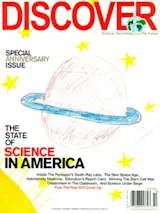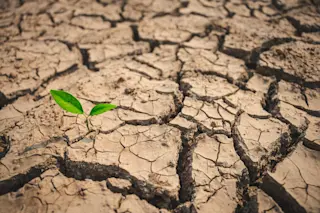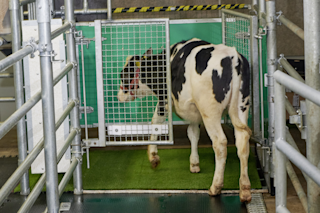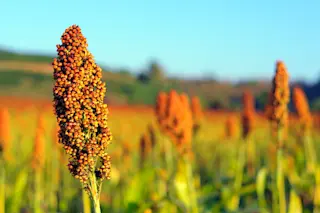“Climate Change and War Frequency in Eastern China Over the Last Millennium,” by David Zhang et al., published in the August 2007 issue of Human Ecology.
THE MOTIVE In a study of more than 900 years of conflict in eastern China, a team of researchers has tested the hypothesis that cold spells fuel the social instability that leads to war.
THE METHODS Earth scientist David Zhang of the University of Hong Kong and his colleagues consulted a multivolume compendium, The Tabulation of Wars in Ancient China, which records wars in China between 800 B.C. and A.D. 1911. They focused on the 899 wars that took place between the years 1000 and 1911 in densely populated eastern China.
The researchers then compared the historical record with climate data for the same period. In the past decade, paleoclimatologists have reconstructed a record of climate change over the last millennium by ...














